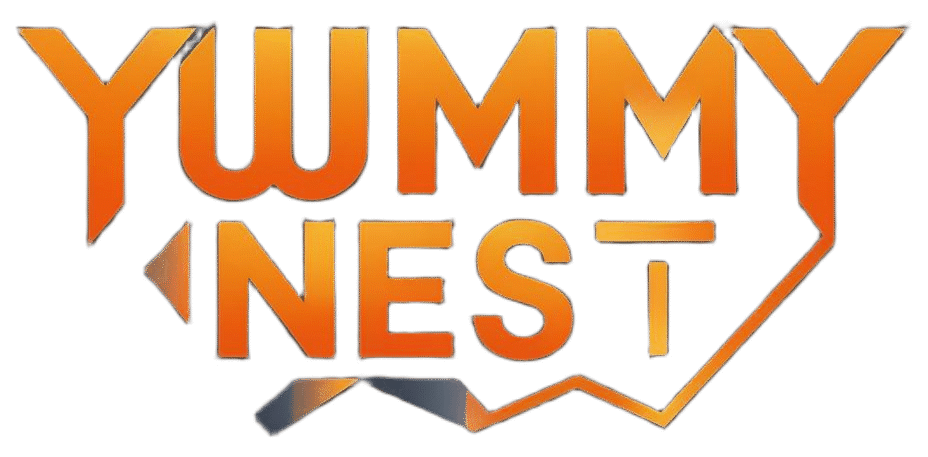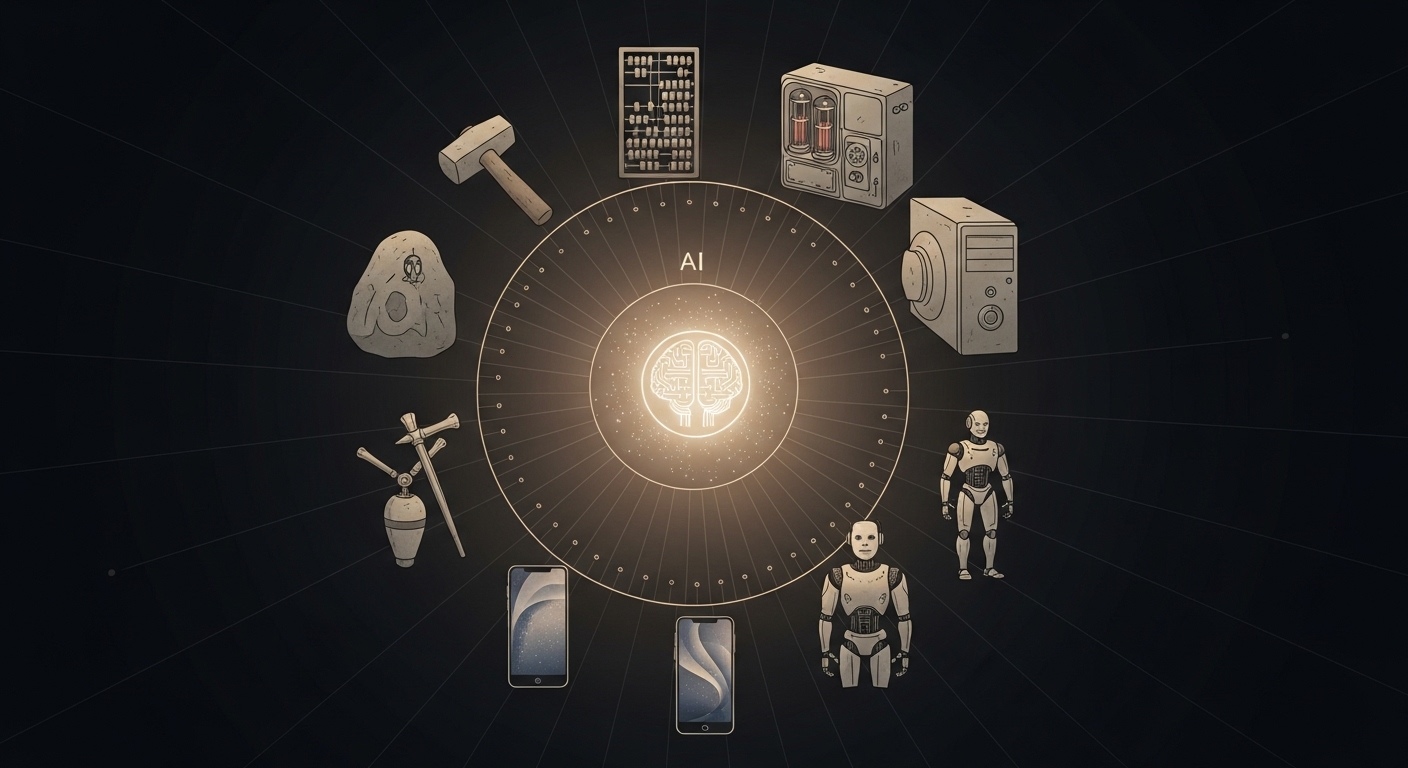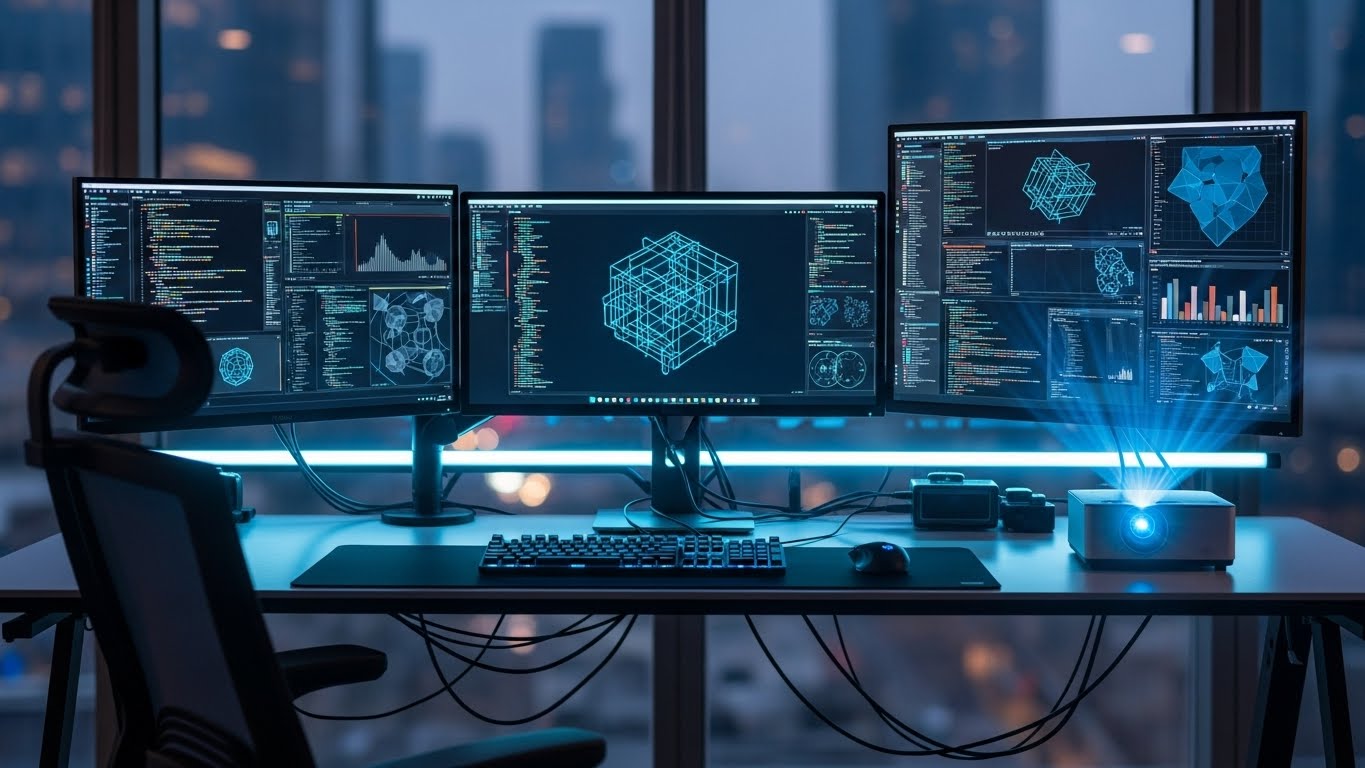Introduction to the Digital Era
Technology has become an inseparable part of modern human life. From the smartphone in your pocket to the artificial intelligence systems powering global industries, the evolution of technology has reshaped the way humanity lives, works and communicates. What started with basic machines and simple computing devices has now transformed into a world of automation, virtual reality, and smart systems. The purpose of this blog is to explore various aspects of technology, its transformation over the decades, and its influence on different sectors of society.
The Early Roots of Technology
The foundations of modern technology can be traced back to the invention of simple machines like the wheel, pulleys and levers. These were the earliest attempts of humans to ease physical labor and improve productivity. Over time, society observed major breakthroughs such as the printing press, steam engine and electricity. Each innovation created a pathway for future advancements. The industrial revolution introduced machinery that replaced manual labor and significantly increased production rates. This period marked the beginning of a technological mindset where invention and innovation became essential to progress.
The Rise of Computers
One of the most remarkable milestones in technological history was the development of computers. The earliest computers were large machines built to solve mathematical problems. They occupied entire rooms and consumed high amounts of electricity. Over time, with the invention of transistors and microprocessors, computers became smaller, faster and more affordable. Personal computers were introduced and quickly made their way into offices and homes. This shift opened doors to software development, the internet and all modern digital solutions.
The Internet Revolution
The invention of the internet completely transformed global communication and information sharing. What once took weeks or months in postal systems could now be done within seconds through emails and digital messages. Websites became digital platforms for education, entertainment, business and social connections. Search engines allowed people to explore vast amounts of information effortlessly. The internet also contributed to the rise of global trade, remote jobs, online learning and digital entertainment. This revolution marked the true beginning of the interconnected world we live in today.
Mobile Technology and Smartphones
The shift from traditional mobile phones to smartphones was another revolutionary moment in technology. Mobile devices were no longer limited to calling or texting. Instead, they became portable computers capable of browsing the internet, running applications, capturing photos and enabling real-time communication. Smartphones brought convenience to everyday life by offering tools for navigation, payments, health tracking and social media. They also played a significant role in bridging the digital gap by making technology accessible in remote areas.
Artificial Intelligence and Machine Learning
Artificial intelligence has become one of the most influential technologies of the twenty-first century. AI systems are designed to simulate human intelligence, learn from data and perform complex tasks. Machine learning, a branch of AI, allows computers to improve performance over time without explicit programming. Today AI is used in voice assistants, recommendation systems, autonomous vehicles, healthcare diagnostics and customer support. These technologies are helping industries operate more efficiently and providing personalized experiences for users.
Automation and Robotics
Automation refers to the use of machines and software to perform tasks with minimal human intervention. Robots have become an essential part of industries such as manufacturing, logistics and healthcare. They can operate with precision, speed and consistency. Automation reduces errors and increases productivity. Modern robots can even perform surgeries or deliver goods to homes. Although automation has raised concerns about job displacement, it has also created opportunities for new roles related to robot maintenance, programming and supervision.
Cloud Computing and Data Storage
Earlier, data storage was limited to physical devices like hard drives and USBs. Cloud computing changed this completely. It allows data to be stored, processed and accessed over the internet. Businesses no longer need large physical servers. Instead, they use cloud services to store and manage data efficiently. Cloud computing also supports remote work, online collaboration and real-time backups. It makes data secure and accessible from any device or location. This technology has become essential for startups, enterprises and educational institutions.
The Role of Big Data
Every activity in the digital world generates data. Big data refers to the large volume of structured and unstructured data produced by individuals and organizations. Analyzing this data helps businesses make informed decisions, predict trends and enhance customer experiences. Big data is used in marketing, healthcare, finance and transportation. For example, streaming platforms analyze viewer behavior to recommend movies or shows. Banks use data to detect fraud and improve security. Big data has given rise to the profession of data scientists who specialize in interpreting and visualizing data trends.
Cybersecurity and Digital Safety
With increasing digital dependency, cybersecurity has become more critical than ever. Cybersecurity involves protecting systems, networks and data from malicious attacks. Threats like hacking, phishing, malware and ransomware pose serious risks to individuals and organizations. To combat these threats, cybersecurity experts use encryption, firewalls, authentication systems and ethical hacking techniques. Educating users about strong passwords, safe browsing and data protection plays a vital role in ensuring digital safety. Governments and companies continue to invest in advanced cybersecurity strategies to safeguard information.
The Internet of Things
The Internet of Things is a network of physical devices connected to the internet to collect and exchange data. These devices include smart home appliances, wearable gadgets, industrial machines and even smart agriculture tools. IoT devices communicate with each other to perform tasks automatically. For example, smart thermostats adjust room temperature based on user preferences. Wearable fitness bands track heart rates and send data to mobile apps. IoT also helps farmers monitor soil moisture levels and weather conditions to improve crop production.
Virtual and Augmented Reality
Virtual reality and augmented reality have introduced new ways to experience the digital world. Virtual reality creates a fully immersive environment using headsets, allowing users to explore virtual spaces like games, simulations and educational programs. Augmented reality, on the other hand, overlays digital information onto the real world through devices such as smartphones or AR glasses. These technologies are used in gaming, medical training, architecture and tourism. They enhance learning, entertainment and design by creating interactive and realistic experiences.
Blockchain and Digital Currency
Blockchain technology provides a secure and transparent method of recording digital transactions. It uses a decentralized system where data is stored across multiple computers. This reduces the risk of data tampering or hacking. Blockchain is widely known for powering digital currencies, but its applications go beyond finance. It is used for supply chain management, voting systems, healthcare records and intellectual property protection. Digital currency offers faster and borderless transactions, although it has raised debates about regulations and security.
Technology in Healthcare
Technological advancements have greatly improved the healthcare sector. Digital health records allow doctors to access patient history quickly. AI-powered systems assist in diagnosing diseases at early stages. Wearable devices monitor health conditions like heart rate, glucose levels and sleep patterns. Telemedicine enables patients to consult doctors remotely, saving time and reducing hospital visits. Robotic surgeries allow precision and quicker recovery. Research in biotechnology and genetics is opening doors to personalized medicine and advanced treatments.
Education in the Digital Age
Technology has transformed education from classrooms to digital platforms. Online learning tools, virtual classrooms and educational apps provide students with flexible and interactive learning experiences. Students can access lectures, notes and quizzes from anywhere in the world. Teachers use digital tools to create engaging visual content and track student progress. E-books and digital libraries replace physical books. Technology also supports special education by offering learning aids for students with disabilities.
Smart Cities and Urban Technology
Smart cities use technology to improve urban living. They rely on data, AI and IoT to enhance transportation, energy usage, waste management and security. Smart traffic systems reduce congestion by analyzing vehicle movement. Public Wi-Fi, digital kiosks and e-governance services improve communication between citizens and authorities. Smart lighting systems reduce energy consumption by adjusting brightness based on human presence. These innovations create sustainable and efficient urban environments.
The Role of Technology in Business and Economy
Technology has become the backbone of modern businesses. From small startups to large corporations, companies rely on digital tools for marketing, communication, accounting and customer service. E-commerce allows businesses to reach global customers without physical stores. Automation reduces operational costs and increases productivity. Cloud platforms support remote work and team collaboration. Digital payments and financial technologies make transactions quick and secure. The economic impact of technology is immense, as it creates jobs, drives innovation and contributes to national development.
Social Media and Digital Communication
Social media platforms have changed the way people communicate and share information. Individuals can express opinions, showcase talents and connect with others across the globe. Businesses use social media to promote products and build customer relationships. Social media has also become a source of news and entertainment. However, it comes with challenges such as misinformation, addiction and privacy concerns. Responsible usage of social media is important to maintain mental wellbeing and healthy digital habits.
Environmental Impact of Technology
While technology brings convenience and growth, it also impacts the environment. Electronic waste, energy consumption and carbon emissions are major concerns. Manufacturing digital devices requires resources like metals and plastics. Improper disposal of electronic waste harms the soil and water. However, technology is also helping solve environmental issues. Renewable energy technologies like solar panels and wind turbines provide clean energy. Smart grids, electric vehicles and energy-efficient appliances reduce pollution. Sustainable technology aims to balance innovation with environmental protection.
Ethics and Challenges in Technology
With great advancements come great responsibilities. Ethical questions arise regarding data privacy, AI bias, job displacement and surveillance. For example, AI systems can show biased results if trained on biased data. Facial recognition technology raises concerns about privacy. Automation may replace certain jobs, creating unemployment issues. Governments and organizations must create policies and ethical guidelines to ensure technology is used for the benefit of society. Education and awareness are key to addressing these challenges.
The Future of Technology
The future of technology holds limitless possibilities. Scientists are researching quantum computing, which can perform complex calculations faster than traditional computers. Space technology aims to explore Mars and other planets. Biotechnology may allow humans to fight genetic diseases and extend lifespan. Artificial intelligence will become more advanced and capable of solving global problems. Smart homes, autonomous vehicles and advanced robots will become more common in everyday life. The future will be shaped by creativity, innovation and responsible usage of technology.
Conclusion
Technology has transformed the world in extraordinary ways. It has improved communication, healthcare, education, business and entertainment. From simple inventions to artificial intelligence and automation, the journey of technology has been remarkable. However, it also presents challenges that require careful consideration and ethical solutions. The true power of technology lies in how it is used by humanity. If used wisely, it has the potential to create a better, smarter and more connected world.



